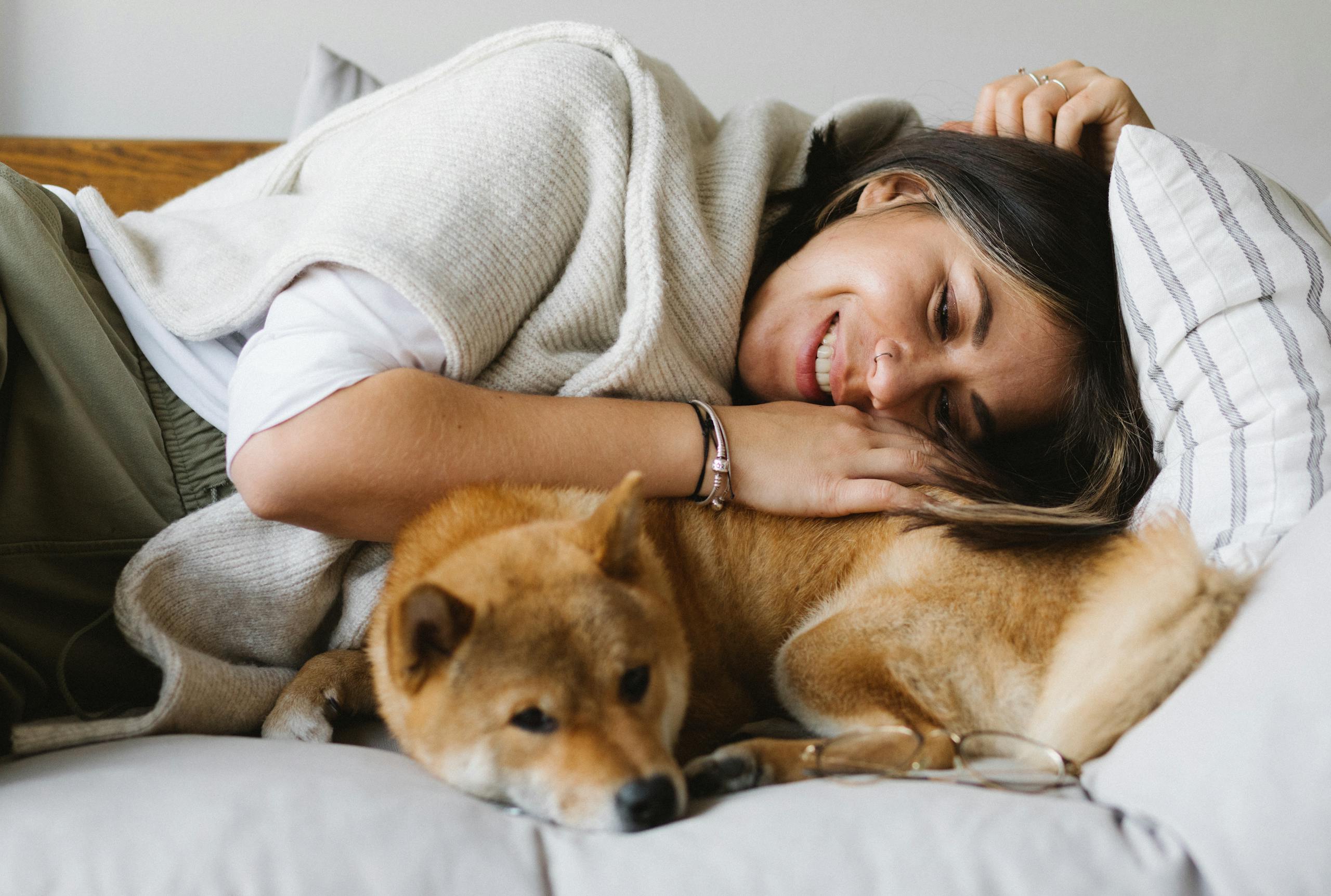Attachment and Dog Obedience – Why Connection Comes First

If your dog listens one moment but ignores you the next, the missing link might not be training—it might be trust. More specifically: the emotional bond between you.
Understanding the connection between attachment and dog obedience will change how you approach training forever. Obedience isn’t about dominance—it’s about relationship. Dogs follow those they feel safe with, not those they fear.
What Is Attachment in Dogs?
Attachment refers to the emotional bond your dog forms with you. It’s how safe, seen, and soothed they feel in your presence.
Signs of a secure attachment:
- 🐾 Your dog checks in with you naturally
- 🧘 They can relax when you’re around
- 🐕 They respond willingly to guidance (not fear)
- 🤝 They seek connection, not just rewards
Without attachment, dogs may obey out of pressure—or not at all.
How Attachment Influences Obedience
When dogs feel emotionally secure:
- They’re more focused and calm
- They seek guidance instead of resisting it
- Their brain is open to learning
- Their nervous system is balanced
📣 Fear suppresses behavior. Trust transforms it.
Building a secure bond prepares the emotional ground where obedience can grow.
Signs You’re Missing the Attachment Piece
- Your dog only obeys when bribed
- They avoid eye contact
- They get hyperactive or shut down in training
- They resist touch or leash handling
- You feel more like a referee than a partner
These are signs the relationship needs strengthening, not just the behavior.
How to Strengthen Attachment (and Improve Obedience)
1. Rituals Build Relationship
Dogs love predictable, positive experiences. Create daily touchpoints of connection:
- Morning cuddle or brushing time
- Post-walk rest with calm music
- Feeding with calm voice and eye contact
🎶 Bonus tip: Use Guided Meditation Together from Pawsly during rest to reinforce a sense of shared safety.
2. Train in a Calm Emotional State
Training from stress = resistance. Training from safety = flow.
Before a session, check in:
- Is your dog calm?
- Are you calm?
- Is the environment predictable?
If not, pause and reset with breathwork or soundscapes.
3. Use Eye Contact to Build Trust
Soft, short bursts of eye contact during calm moments increase oxytocin—yes, the bonding hormone!
🐾 Try this: Sit quietly and let your dog choose to look at you. Reward gently when they do.
4. Respect Their Boundaries
Forced touch, restraint, or yelling damages the emotional contract.
Instead:
- Observe their signals
- Allow choice
- Guide with consistency, not control
💡 Obedience rooted in consent is stronger than obedience rooted in fear.
Attachment and Emotional Regulation
A securely attached dog:
- Handles separation more calmly
- Recovers faster from surprises
- Is less reactive to change
- Feels safer in your leadership
That’s why attachment and dog obedience go hand in hand—you’re not just training actions, you’re regulating emotions together.
🎧 Use Pawsly’s calming soundscapes during rest, recovery, or after intense moments to re-anchor emotional safety.
Recap: Why Attachment Comes Before Obedience
- Dogs obey best when they feel safe
- Attachment builds emotional safety, trust, and responsiveness
- Relationship rituals are as important as commands
- Calm leadership starts with mutual respect
- Obedience flows from connection—not correction
📱 Want to deepen your bond and build lasting trust?
Explore Pawsly for calming tools and bonding rituals that help dogs and humans train from the heart—not from fear.






